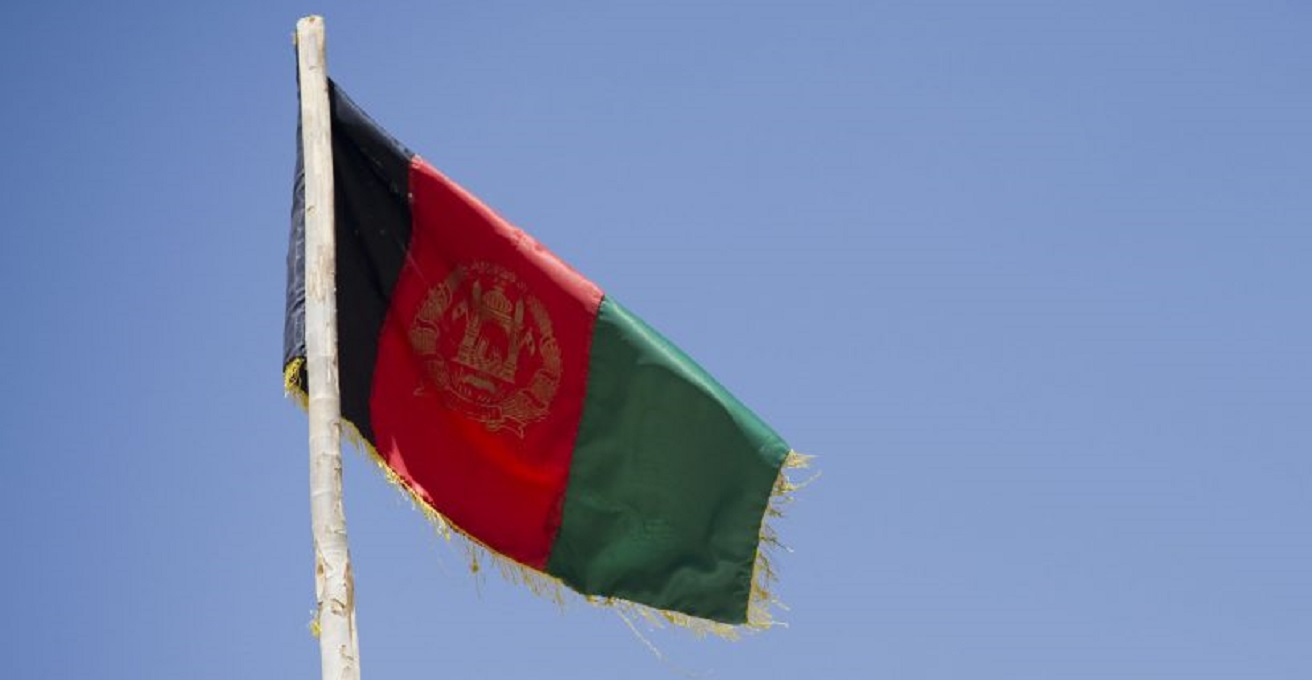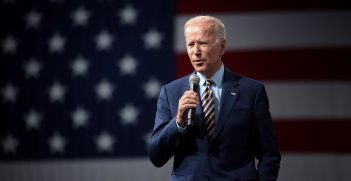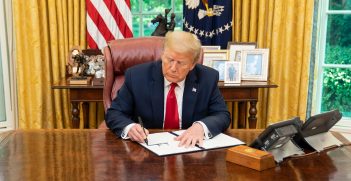Taliban Rule and Anti-Constitutionalism

Taliban-led governance in Afghanistan faces several critical weaknesses, the least not being the lack of a recognisable constitution. Absent other forms of legitimising institutions, regime survival will increasingly rely on force and violence.
Since the Taliban seized power in Kabul in August 2021, their rule has justifiably received significant criticism, particularly due to their establishment of a system of gender apartheid. Based on bizarre religious assertions and mirroring the discrimination against women that marked their rule from 1996 to 2001, the group’s commitment to gender apartheid has not only dispelled sentimental notions that a “Taliban 2.0” had emerged, but also blunted their hopes of securing broad international recognition. What has received less attention, however, has been the anti-constitutionalism of the Taliban. The 2004 Constitution of Afghanistan was discarded by the Taliban when they occupied Kabul, but no replacement constitution – codified or uncodified – has been supplied or appears realistically to be in the offing. This has significant implications for the nature of law, authority, and politics.
Historically, many radical or extremist regimes have sought to bolster their reputations and status by paying at least lip-service to the idea of constitutional legitimacy or continuity. Bolshevik Russia, for example, adopted a constitution in July 1918, giving some standing to key institutions which the Bolsheviks had already established, such as the Council of People’s Commissars (Sovnarkom). In Fascist Italy, the political system remained formally monarchical, and this came back to haunt Benito Mussolini when he was dismissed by King Victor Emmanuel III on 25 July 1943. In Germany from 1933, a blizzard of decrees orchestrated in large part by Interior Minister Wilhelm Frick served to consolidate total Nazi control through the process known as Gleichschaltung, although the Constitution of the Weimar Republic was never formally abrogated. Even the brutal and hyper-revolutionary Pol Pot regime in Cambodia enacted a “Constitution of Democratic Kampuchea” on 14 December 1975. Of course, this is not to say that the rule of law prevailed in these systems: on the contrary, the absence of any trace of judicial independence meant that laws tended to be instruments of political domination rather than protections for individual rights and freedoms. Genuine as opposed to sham constitutions are important tools for preventing the exercise of power in an arbitrary or repressive manner.
The Taliban are not like any other ruling power currently in existence, and in their “Islamic Emirate” there is no semblance of constitutionalism. They routinely refer to the authority of “Shariah” – a term sometimes translated as “Islamic Law” – but without recognising how complex are the diverse jurisprudences that might be seen as captured by this label, and the interpretive mechanisms that come into play in their application. In the Taliban’s Afghanistan, there is no actual legal system in a strict sense, and as a result, arguably no “laws” either. Yet there are undoubtedly restrictive decrees issued by the Taliban leadership and enforced by Taliban personnel, that have blighted the lives of vulnerable people, especially women. In addition to written decrees, speeches by Taliban officials often point to the disposition of the leadership, albeit in confusing or imprecise terms: the recent ban on political parties came in this form. The question that arises is what kind of “order” these decrees and signals represent, and what its claims to legitimacy might be.
As to the character of the Taliban regime, the answer at one level is relatively straightforward: it is essentially a totalitarian regime, in the specific sense that it denies the existence of any sphere of social life into which it is not entitled to intrude. But it is also an autocracy, in the sense that its central organising principle is the Taliban’s version of the kind of Führerprinzip that came to prevail in Nazi Germany: the will of the leader – in this case Mullah Hibatullah Akhundzada in Kandahar – is the ultimate and infallible determinant of what is right or wrong, good or bad, permitted or prohibited. In this “theocratic-descending model”– a term coined to describe medieval doctrines of divine right – it is the will of an individual, not a framework of institutions, that is seen as authoritative. This points to several weaknesses in Taliban rule, but also one menacing prospect, namely that of a further intensification of coercion as the primary mechanism of regime maintenance.
A first weakness is that the Taliban can make no claim to popular legitimacy. A 2019 survey conducted by The Asia Foundation found that 85.1 percent of respondents had “no sympathy at all” for the Taliban, and there is no particular reason to think that this sentiment has changed. In the face of deep unpopularity, the Taliban have been forthright in repudiating the idea that public support is relevant to their claim to exercise power. The danger that they face, however, is that their lack of genuine public support may eventually come back to haunt them if other mechanisms of regime maintenance begin to fail.
A further weakness lies in the lack of any institutionalised mechanism for leadership succession. When previous Taliban leaders Mullah Omar and Mullah Mansour died, the key Taliban leaders were operating not within Afghanistan, but from sanctuaries in Pakistan where they were under the close surveillance and influence of Pakistan’s Inter-Services Intelligence directorate (ISI), and hence lacked the kind of autonomous, substantial, resource-extraction and resource-mobilisation capacities that could make competition for “office” particularly intense. That has now changed, which could make any succession struggle much more ferocious. There is no constitutional or legal process in place to govern leadership succession, and there are not even on hand the kind of party institutions that existed in the Soviet Union at the time of the death of Stalin in 1953 that enabled leadership succession to be managed. Leadership succession issues could thus lead to an acute crisis for the Taliban regime’s survival. Furthermore, with growing chilliness in the relations between Pakistan and the Taliban, Islamabad is in no position to play a steadying role as it did in September 2021 when the ISI Director-General flew to Kabul in an effort to oversee the formation of the new regime.
As a result, it is likely that the Taliban will increasingly use coercion to bolster their rule. Their repudiation of competitive politics within a constitutional framework means that they lack other options. The Taliban cannot afford to look weak, lest they begin to hemorrhage local power-holders who joined them for purely prudential reasons following the US-Taliban agreement of 29 February 2020. Optimists citing data to the effect that the absolute level of casualties has fallen in Afghanistan since August 2021 have missed a rather obvious point, namely that this is quite common when an autocratic seizure of power occurs, as vicious targeting of specific enemies replaces major military operations. According to the optimistic logic, one could equally have celebrated an outbreak of “peace” in Poland in the months from October 1939 when large-scale military operations by the German invaders had ceased because of Warsaw’s surrender. This, unfortunately, did not portend a better fate for people in Poland, and those who think that “peace” has come to Afghanistan would do well to think again. When untrammelled coercive capacity is at the heart of an unpopular regime’s survival strategy and there is no constitutional space for peaceful opposition to the regime, the renewal of more forceful kinds of opposition may be only a matter of time.
Emeritus Professor William Maley, AM, FASSA, FAIIA is author of Rescuing Afghanistan (2006), Transition in Afghanistan: Hope, Despair and the Limits of Statebuilding (2018) and The Afghanistan Wars (2021), and co-author (with Ahmad Shuja Jamal) of The Decline and Fall of Republican Afghanistan (2023).
This article is published under a Creative Commons License and may be republished with attribution.





